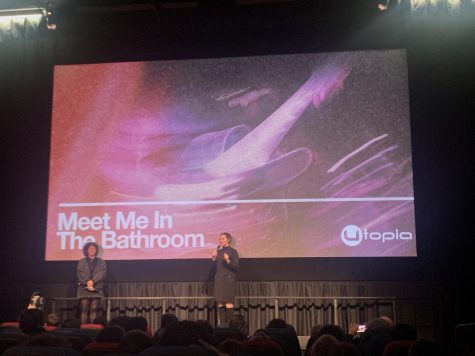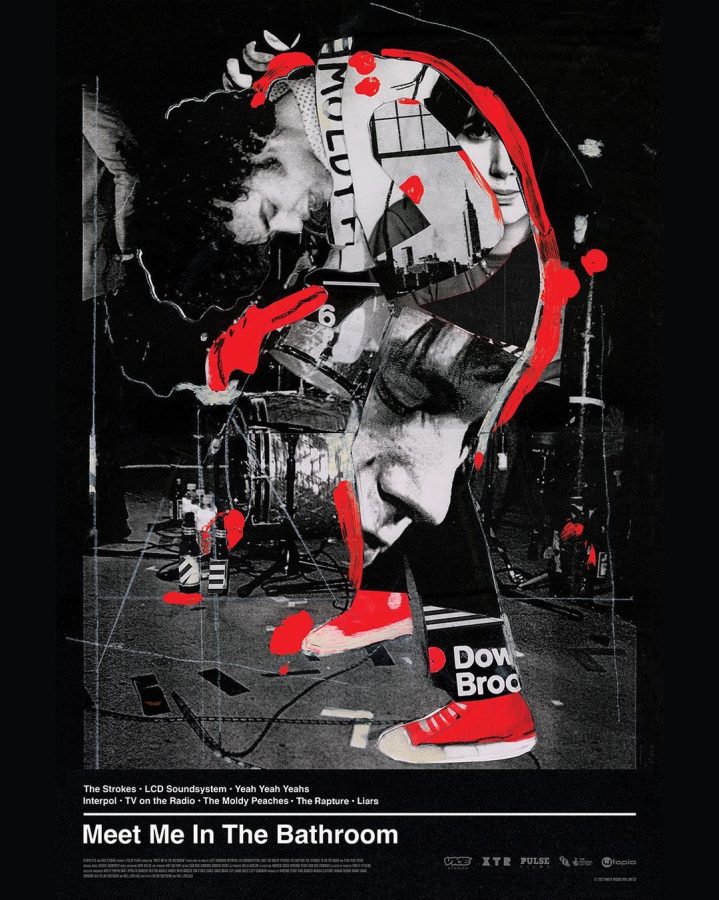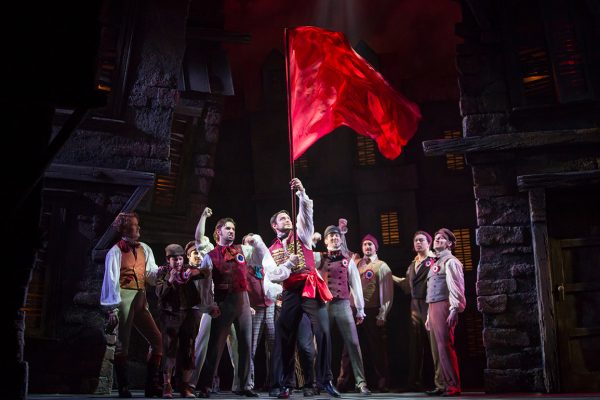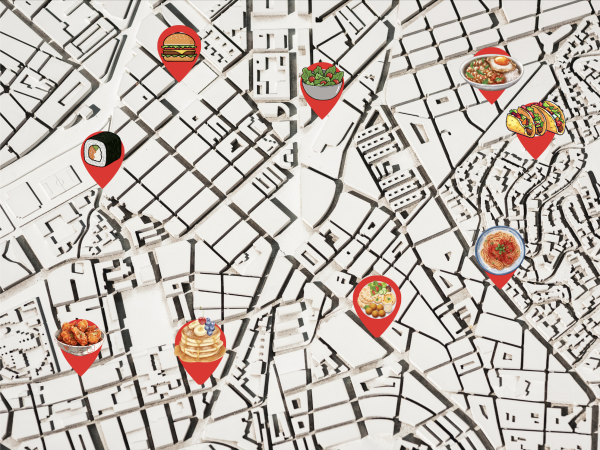‘Meet Me in the Bathroom’ showcases NYC rock renaissance
November 13, 2022
“Rock ‘n roll is dead!” is something that has been uttered by music critics since rock’s original form evolved into more progressive (or derivative, as some would argue) subgenres. Though droning, in the late ‘90s there existed an anxiety that rock music really was withering away on its deathbed, surrounded by its distant young cousins of early nu-metal and pop-punk. However, just before flatlining, a dose of adrenaline in the form of hungry and raucous talent was delivered straight to the genre’s heart and resuscitated it in New York City. The story of “Meet Me in the Bathroom” chronicles this emergency procedure, featuring the rise of The Strokes, LCD Soundsystem, Interpol, the Yeah Yeah Yeahs and more in the early aughts.
Based on Lizzy Goodman’s acclaimed titular book (who also serves as an executive producer on the project), the documentary is composed of nothing but archival footage and serves as a time capsule to the grimy and glorious NYC from 1999 to 2003. Directors Dylan Southern and Will Lovelace (“Shut Up and Play the Hits”) capture the essence of a turbulent and rugged NYC much like “Paris is Burning” did in 1990 with its exploration of ball culture.
“Meet Me in the Bathroom” opens with a recitation of Walt Whitman’s “Give Me the Splendid Silent Sun” as brief impressions of the frontpeople behind the film’s bands linger on screen: Julian Casablancas, Karen O, James Murphy, to name a few. “Manhattan crowds with their turbulent musical chorus…Manhattan faces and eyes forever for me.” It’s a scene that every New Yorker can resonate with and feel a somewhat bittersweet longing for.
The Moldy Peaches, most well known for their “Juno” track, are the first band we meet and set the documentary off with anti-folk delight. Their music becomes a throughline that eventually delivers viewers to a highly charismatic group of boarding school friends, often dubbed as “poor rich kids,” the early Strokes who didn’t know they were about to become the biggest band in the world.
The anxious cultural backdrop of the period is explored, bringing in the perspective of the musicians at the time; the hysteria induced by the Y2K glitch and jabs at bands like Limp Bizkit’s stylings, even the beginnings of streaming music on Napster contextualize the uncertainty of a new world, though most affecting, both emotionally and historically, is the wound of 9/11 on New York City. Footage of the toppling Twin Towers taken from Brooklyn to right underneath the buildings is more than just haunting–it’s indescribably petrifying. Paul Banks, the vocalist of Interpol, is seen walking among the wreckage and debris on the familiar cross-street of Nassau and Fulton St., unrecognizable to its appearance today. The Moldy Peaches’ Kimya Dawson sings a stripped-back version of “Anthrax” only adding to this unease of an America post-9/11.

Condensing the sprawling nearly 700 pages of the text into a feature film leaves out smaller acts that deserved more screen time; the history behind the band Jonathan Fire*Eater isn’t explored, and while their appearance in the documentary is provoking, art rock band TV on the Radio is merely touched upon. The documentary covers the Big Bang of the revival but not the finer calculations and formation of the genre.
Despite this, there are plenty of similarities down to the exact chapters of the book that are adapted for the screen to amusing effect. Quietly behind the scenes, a neurotic yet intensely-knowledgeable James Murphy’s early days with DFA Records and LCD Soundsystem showcase a turnaround moment in his career, featuring an ecstasy-fueled night in which he loses his edge and subsequently regains it through ironic humility.
“Meet Me in the Bathroom” showcases the beautifully ugly bits of the revival scene but also the ugly, ugly bits. Sex, drugs and rock ‘n roll aren’t always a wild and exciting ride, as Albert Hammond Jr.’s battle with addiction by way of Ryan Adams and Interpol’s attempts to define themselves beyond the immediate fame of The Strokes are specified. Karen O’s conflicts with her biracial identity and struggles to break away from the sexualization of her stage persona provide insight into the male-dominated scene. Even though at first O is liberated by creating her own formula unlike her male counterparts, she equally becomes objectified, and her freedom on stage begins to confine and isolate her from the scene she loves.
The film is clearly concerned with nostalgic yearning, even as Southern and Lovelace reuse and reverse the Whitman excerpt as images swirl and vortex on the screen until we arrive back at the start of the film. “Meet Me in the Bathroom” is an exceptional foreword to NYC’s ‘00s rock n’ roll renaissance for those who weren’t of age to experience it. Rock ‘n roll isn’t dead, as music is always evolving, so perhaps in another 20 years, another musical revolution covertly forming in front of us will be memorialized in a similar fashion.












